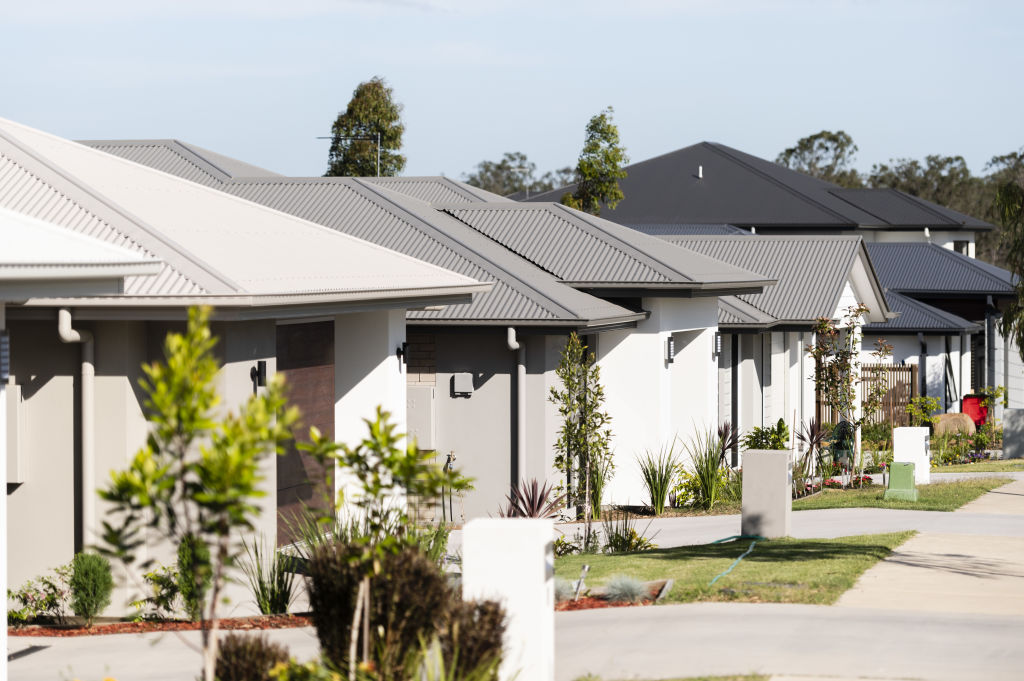More first-home buyers out in force and borrowing less: New report

The average loan size for a first-home buyer in the ACT has decreased despite the number of approved loans increasing, according to new data, as more first-home buyers look to get their foot in the property door.
According to the Real Estate Institute of Australia’s latest Housing Affordability Report for the September quarter, the ACT had the lowest percentage decrease in average loan size for first-home buyers in the nation, down 1.4 per cent over the quarter to $439,130.
While the ACT recorded the softest decrease, the increasing number of first-home buyers choosing to buy in the capital has only driven competition and house prices up.
The report showed the number of loans to first-home buyers in the ACT increased by 15.5 per cent over the quarter to 782, up 30.6 per cent when compared to the same period a year ago.
Jake Winters, of Carter and Co Agents, said the number of first-home buyers in the market in recent months have been “massive”.
“There are a lot more first-home buyers now than this time last year and that’s fuelled by the ACT incentives such as stamp duty abolition and the federal government’s First Home Loan Deposit Scheme,” he said.
Under the scheme, buyers only need to save 5 per cent of a deposit with the additional amount to reach 20 per cent guaranteed.

“With the amount of first-home buyers in the market, I’m finding that they are savvy with their money and are competitive. Three-bedroom houses that would’ve sold in the low to mid $500,000 bracket last year are now going for $600,000,” Mr Winters said.
“I’ve sold a lot of three-bedroom homes in Tuggeranong in recent months and the number of first-home buyers is crazy. One [house] in particular, had more than 50 groups through and 30 of those were first-home buyers.”
First-home buyers in the ACT accounted for 2.1 per cent of all first-home buyers in the country.
The number of first-home buyers in Australia increased by 36.1 per cent over the quarter to 36,687.
REIA president Adrian Kelly said it was encouraging to see many Australians in search of their first home.
“Market entry has experienced its largest year-on-year increase since 2009 and largest quarterly increase since 2010,” Mr Kelly said.
“With a September quarter increase of 36.1 per cent, first-home buyers now make up 40.8 per cent of the owner-occupied dwelling market. This is particularly good news given the large challenges faced by tenants at the outset of the COVID-19 pandemic.”
The report found housing affordability had increased in the capital with the proportion of income required to meet home loan repayments decreasing to 22 per cent.
This was a slight decrease of 0.7 percentage points over the quarter but a nudge of an increase of 0.3 percentage points compared with this period a year ago.
Despite this, Mr Kelly said: “Banks could do more to further improve affordability by passing on in full interest cuts and help even more Australian’s buy homes.”
The next report, expected to be released in March, will show the full impact of the pandemic on housing affordability for 2020.
We recommend
We thought you might like
States
Capital Cities
Capital Cities - Rentals
Popular Areas
Allhomes
More








